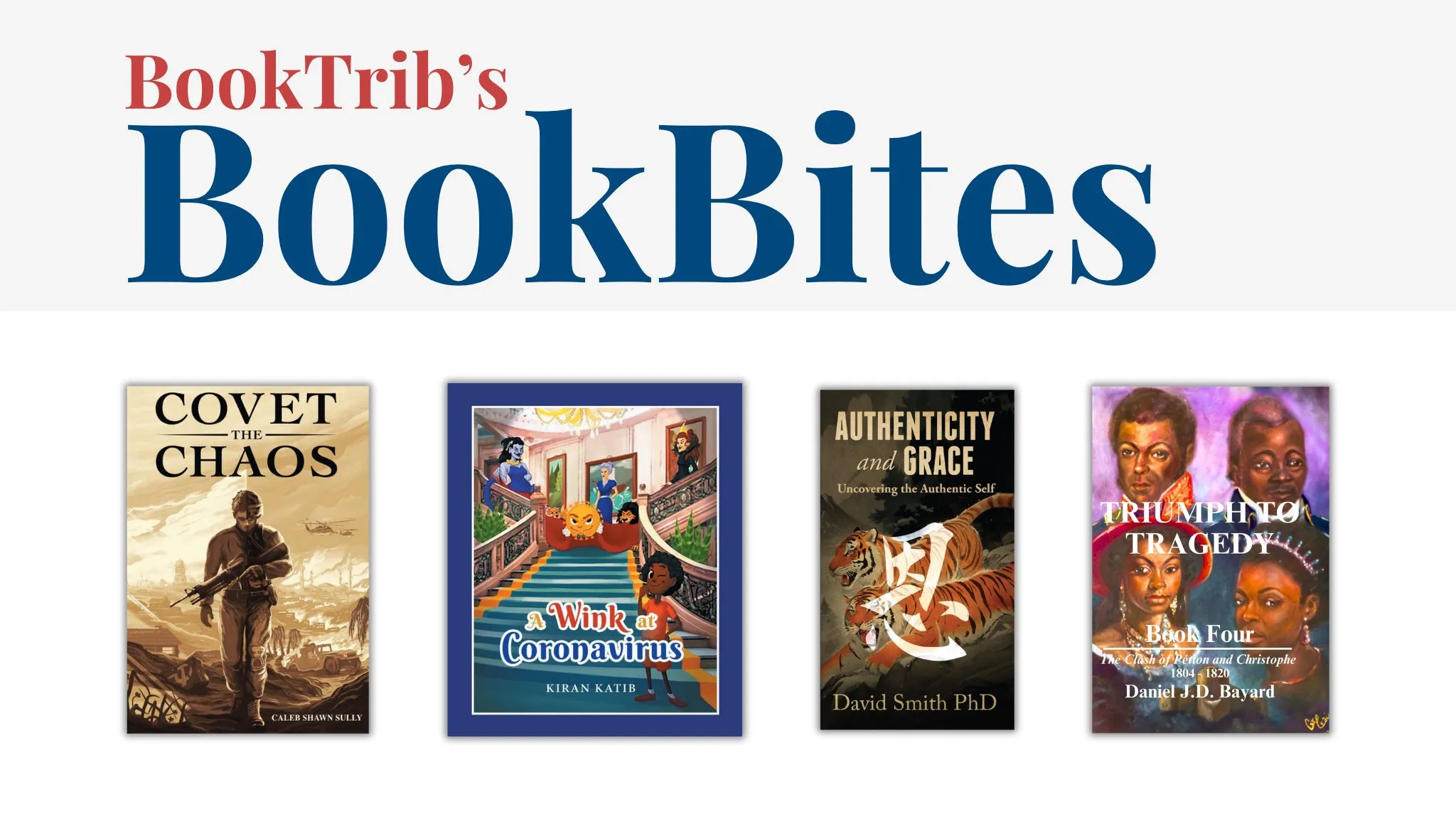Such a Nice Girl by Carol Egmont St. John
"Through dynamic characters, intriguing conversations, and provocative details within the plot, the author invites readers into deeper consideration of their own lives and beliefs."
Everything is changing, evolving, and devolving no matter how hard we try to add meaning or substance. Truth is fleeting.
Such a Nice Girl is a profound, literary exploration of life, love, and a number of themes, in the setting of a rural New England town. In the tradition of John Irving and Elizabeth Strout, Carol Egmont St. John uses effective dialogue, memorable characters, and a pastoral setting to invite readers into a moving and memorable tale. Such a Nice Girl is a poignant coming-of-age story that evolves to include meditations on faith, resilience, and the ethereal nature of our existence.
In the opening pages, a family in rural Vermont narrowly escapes from their home before it’s consumed by a suspicious blaze. When young Lily Woodhouse sifts through the charred remnants, she has a distinct impression of just how suddenly life can change. The family finds a new home, but the destructive blaze is a precursor to addiction, betrayal, and other forces that tear the family apart over the next decade.
Complicated Coming-of-Age Themes
The majority of the book takes place as Lily, now a young woman, eagerly awaits her entrance to college at the University of Vermont, and a chance to leave the small town and painful memories behind. When she is introduced to a charismatic young preacher with a growing congregation on the outskirts of a nearby town, the dynamic figure and his doctrine of redemption intrigue her. Lily’s parents rejected the notion of God long ago, so she worries that they will never understand her sudden conversion to faith, nor her growing attraction to the preacher.
College is a dangerous place for an uncommitted Christian.
Lily enters the university in Fall of 1988 but returns to her hometown at every opportunity in order to spend more time with the preacher, whom the congregation refers to as Father Barry. He warns Lily of the “dangers” of higher education; certain that there will be academics and “learned men” who will try to deceive and mislead her. In short order, Father Barry has initiated Lily into his flock, and taken her into his personal affection in the most intimate way possible. She is enamored by his attention and devotion to her, and drawn to his absolute determination that he is serving a greater good.
At college, Lily finds great purpose in learning, as well as professors and fellow students eager to assist her in academic pursuits. Back home, however, Lily is continually distracted, and dissuaded by Father Barry. He urges Lily to leave her studies and settle down with him, where she will have a higher calling, as his wife. Lily’s family and friends gradually come to accept Father Barry and his “quirky” faith, unconvinced by his religion but assuaged by his professed loyalty to Lily.
Their peaceful coexistence is soon compromised after a series of confrontations wherein his religious stance is demonstrated to be blatant intolerance. Father Barry’s hardline doctrine against liberal viewpoints eventually forces Lily to choose between the man she loves or her family and educational pursuits. Tension continues to build as it becomes apparent that there is another side of Father Barry that he doesn’t want anyone to discover.
Effective and Engaging Tale
Such a Nice Girl is notable for an interesting plot and likable characters, but the dialogue between those characters is the most effective and engaging aspect of this wonderful novel. Carol Egmont St. John reveals the thoughts, proclivities, and insecurities of each character through carefully structured conversations. The story is moved forward primarily by the discussions that occur in each scene and the resolution or rejection that comes as a result.
The primary protagonist, Lily, engages with her sister, mother, father, Father Barry, and the rest of the supporting cast in a series of interactions (or confrontations) that allow the reader a peek inside of their minds. While realistic, meaningful dialogue can be particularly challenging to incorporate without slowing down the pace of a story, St. John accomplishes this with great success. Readers will find themselves wishing they could talk to these characters in person, whether it be to console them or in some cases to berate them.
Such a Nice Girl is more than the average, coming-of-age novel. Through dynamic characters, intriguing conversations, and provocative details within the plot, the author invites readers into deeper consideration of their own lives and beliefs. This book will have you cheering for many of the characters in their search for happiness, as well as wishing the very worst for one or two devious individuals.
About Carol Egmont St. John:
 A poet, teacher, artist and columnist, St. John never ceases to employ her creative spirit. She believes the arts are the sacred thread that weaves, informs and lifts humanity. She describes herself as a cheerleader for self-expression.
A poet, teacher, artist and columnist, St. John never ceases to employ her creative spirit. She believes the arts are the sacred thread that weaves, informs and lifts humanity. She describes herself as a cheerleader for self-expression.
In the middle of her life, St. John went to graduate school at Northeastern University to get a MA in Writing. and since then has written five books. The first was Taproots: Where Ideas are Born, a compilation of art, poetry, and homilies. The second, Anchors of the Soul, a novel placed in Gloucester, MA, about a friendship between two women from different generations and social strata. The third, Little Ways, is a tale of an artist, love dying and dreams moving beyond the myths of romance and motherhood. The fourth, Such a Nice Girl, is a foray into innocence and wisdom, and the issues of choice. The fifth, is called All is Art – Art is All. This book is designed for teachers and students demonstrating the relevance of art to life through
activities and illustrations. Maypole Man takes you to Brooklyn, where St. John was born and raised, and Vermont where she explored a new lifestyle during the revolutionary times of the late 1960’s. It is a novel but true to the era.

Publish Date: 4/1/2017
Genre: Fiction, Historical Fiction
Author: Carol Egmont St. John
Page Count: 362 pages
ISBN: 9798321239254

















 English (US) ·
English (US) ·